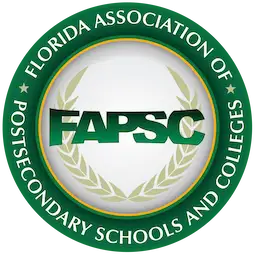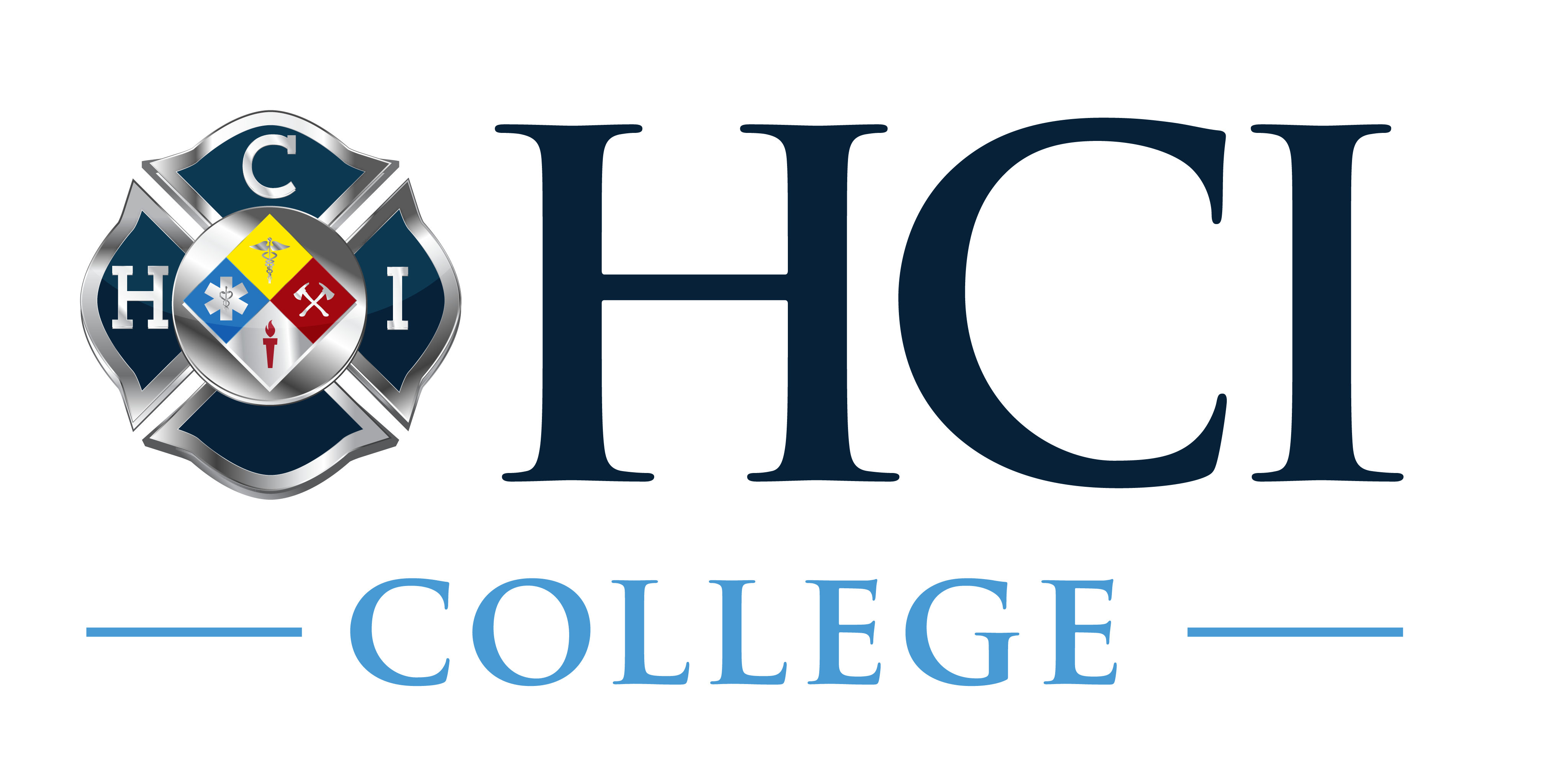2015 First Aid Guidelines
![]()
With the continuous improvement and training of CPR and first aid techniques, the survival rate of those suffering from sudden cardiac arrest is increasing. Every five years, guidelines on how rescuers should perform first aid and basic life supporting techniques are reviewed and updated.
New guidelines for 2015 will affect first aid and CPR instructors, healthcare professionals, anyone who has ever completed a first aid or CPR course, and employers who must comply with federal and state regulations that mandate first aid, CPR and AED training.
Barbara Caracci, the director of program development and first aid training for the National Safety Council, is responsible for the development and technical accuracy of the NSC First Aid, CPR and AED courses coming out next year. Although she hasn’t come out and said what the new guidelines will include, Caracci does say that we can expect to see more about CPR quality. “Evidence is being reviewed on first aid topics ranging from concussion identification and treatment to oral rehydration for heat-related illness to the best way to treat hypoglycemia,” she said. “Evidence also is being reviewed on the best compression depth and compression rate for CPR.”
National Safety Council works with the industry to create and maintain these CPR and AED programs. Instructors have access to administrative resources, product updates, a monthly newsletter and NSC will host webinars to help you understand the new guidelines and what they mean to your program. NSC is a nationally recognized provider of First Aid, CPR and AED training, and has trained more than 11 million responders since launching the program in 1990. The result: 30,000 lives saved by NSC-trained responders.















